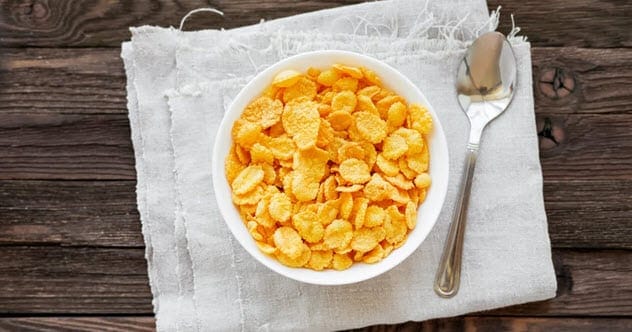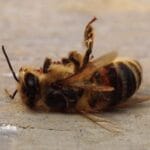Have you ever wondered how some of the foods we eat every day came to be? It’s amazing to think about the first person who dared to try something new. Some foods have origin stories shrouded in legend, while others have documented moments of discovery. Get ready to have your mind blown as we explore ten of the most bizarre and fascinating ways that common foods and drinks were discovered!
Tea
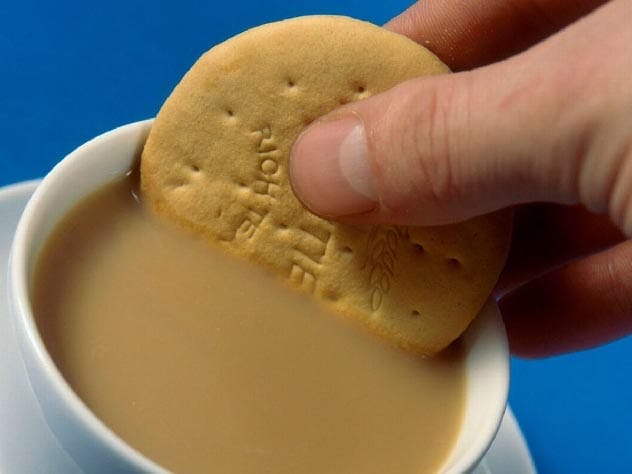
Tea is one of the world’s most beloved beverages, known for its mild caffeine content that offers both stimulation and relaxation. But how did tea leaves become so popular?
According to a Chinese legend dating back to 2737 BC, Emperor Shen Nong was sitting under a tree while boiling water. A gust of wind blew some leaves into the pot, creating a fragrant aroma. The emperor tried the brew and thus, the first cup of tea was born. Imagine if it had been something else falling into the water!
Another origin story suggests that tea was first discovered for its medicinal properties and later integrated into Chinese medicine. An Indian legend tells of a Buddhist monk, Bhodidharma, who vowed to meditate for ten years without sleep. After nine years, he tore off his eyelids in anger when he fell asleep, and where they landed, tea plants grew. This gave monks a way to stay awake during long meditations. [1]
Coffee
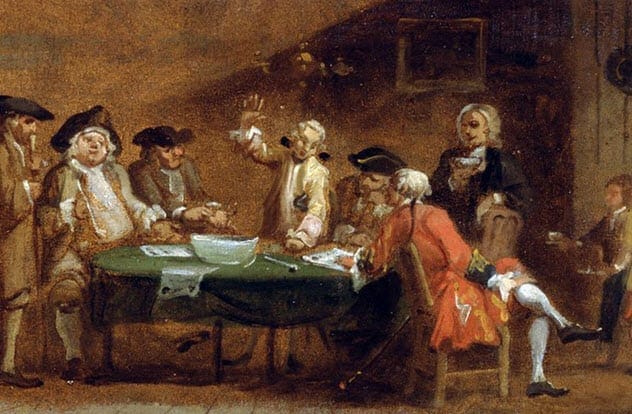
Given caffeine’s addictive nature, it’s no surprise that coffee, like tea, has become a daily staple for many. The true origins of coffee are hazy, but the legends surrounding its discovery are quite stimulating.
One Ethiopian tale tells of a goatherd named Kaldi who noticed his goats behaving unusually frisky after eating berries from a specific plant. They didn’t even sleep that night! When Kaldi shared his discovery with local monks, they found that the berries helped them stay awake during late-night prayers.
An Islamic story recounts an exile from Mecca who was starving in the desert. He chewed on coffee berries to stave off hunger, but found them too bitter. He then roasted the beans, but they became too hard. Finally, he boiled them, creating a delicious brew. And so, coffee as a drink was born. [2]
Popsicles

Popsicles are a simple pleasure during hot summers. It seems obvious: freeze some colorful juice with a stick. But, surprisingly, the Popsicle has a specific origin story.
In 1905, a young boy named Frank Epperson mixed powdered drink with water and a wooden stick to make soda. Distracted, he left the drink in his backyard overnight. The next morning, it was frozen solid, with the stick serving as a handle.
Epperson initially called his invention the “Epsicle” and patented it as a “frozen confection… conveniently consumed without contamination by contact with the hand and without the need for a plate, spoon, fork, or other implement.”
The name didn’t stick, so it was renamed “Popsicle.” After struggling to make money, Epperson sold his idea to a company that added a second stick, creating the breakable frozen treat we enjoy today. [3]
Sweeteners
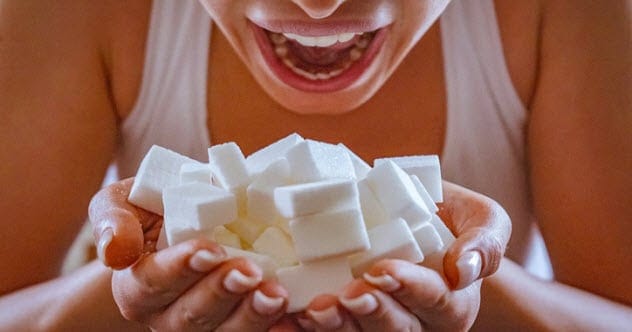
Sugar has been demonized recently, but before that, sugar-replacing sweeteners were considered the villains. Today, most sweeteners are thoroughly tested and considered safe. However, some sweeteners were discovered in less-than-safe lab conditions.
Aspartame was discovered by scientist James M. Schlatter, who was working on an anti-ulcer drug. He licked his finger to turn a page and noticed an incredibly sweet taste.
Cyclamate, now banned, was discovered in 1937 when Michael Sveda paused his work on a fever drug to smoke in the lab. He found his cigarette was sweet, realizing he had discovered an artificial sweetener. [4]
Maple Syrup
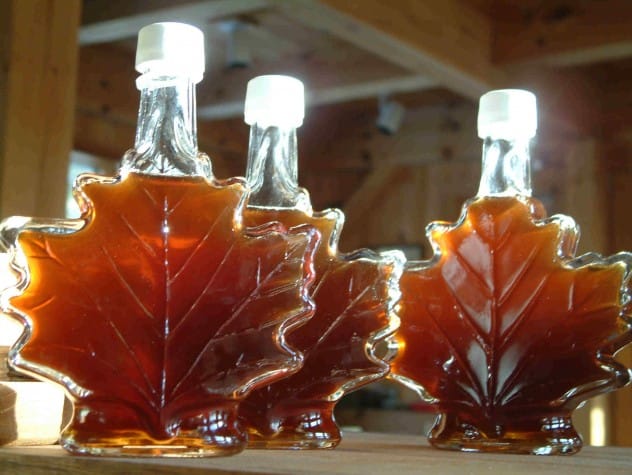
We generally think of trees as a food source for their fruits, but maple syrup comes from tapping a tree and extracting its sap. How did anyone figure out that maple trees contain sweet juice?
Indigenous people of North America were making maple syrup long before European settlers arrived. Maple syrup doesn’t come directly from the tree in its final form; it starts as a watery fluid that must be boiled into a thick syrup. Indigenous people would leave maple sap in shallow vessels, and when the water froze, the syrup would be left behind.
A legend says that Prince Glooskap found his people were becoming lazy because they were drinking syrup straight from the tree. To prevent this, he diluted the trees, making the sweet fluid only available in spring. Some tribes credit NenawBozhoo with stopping maple syrup from forming in its pure form in trees.
Another story tells of Moqua, who was cooking moose for her husband and ran out of water. She used sap from a maple tree, which boiled down into a syrup that apparently pairs well with moose meat. [5]
The Sandwich
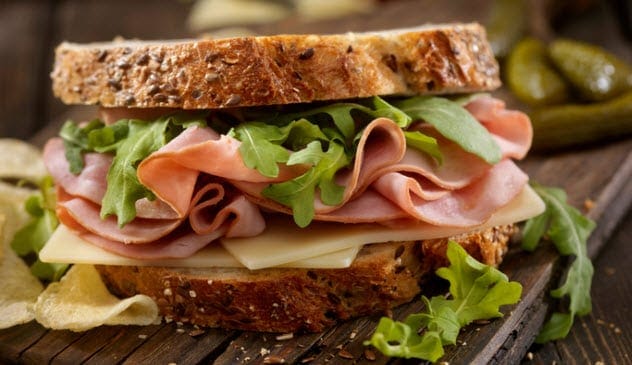
Sandwiches are a popular lunch choice. Bread has been a dietary staple for centuries, and most people got the majority of their calories from it. Lunch would often consist of a loaf of bread and something to add flavor.
We don’t know who first put their meal between slices of bread, but we do know who popularized it. John Montagu, the 4th Earl of Sandwich, lived in 18th-century Britain and was heavily addicted to gambling. He didn’t want to leave the gaming table, so he ordered his cook to bring him something he could eat without getting up.
The result was slices of bread with flavorful fillings in between. The bread kept his hands clean, and no utensils were needed, so he could continue gambling. Whether this is the definitive origin of the sandwich is debatable, but it remains the Earl’s most lasting contribution. [6]
Tofu
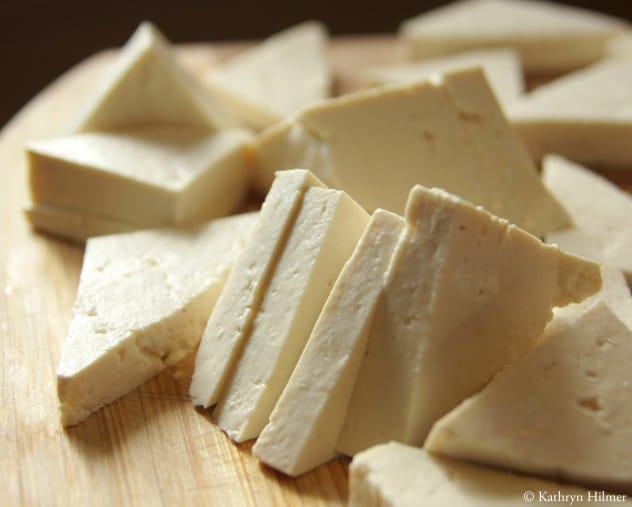
Tofu is a bland ingredient with a colorful origin. Its history dates back at least 2000 years. At some point, soy milk was mixed with something to make it coagulate into a cheese-like substance. How this happened is debated.
The basic theory is that impure sea salt was added to soy milk. If the salt contained seaweed or magnesium salts, it would curdle the soy milk. This is possible, but less interesting than another legend.
One story says that a Chinese prince of the Han dynasty, Liu An, invented tofu. Liu An was a scholar with a fondness for soybeans. One legend says he invented soy milk for his grandmother, who found the beans too difficult to chew.
It was while researching immortality and alchemy that Liu An supposedly came up with the recipe for tofu. He also discovered a recipe for immortality. One account claims Liu An grew younger from eating tofu, sprouted wings, and ascended to the heavens to live forever. Talk about encouraging people to eat tofu! [7]
Champagne
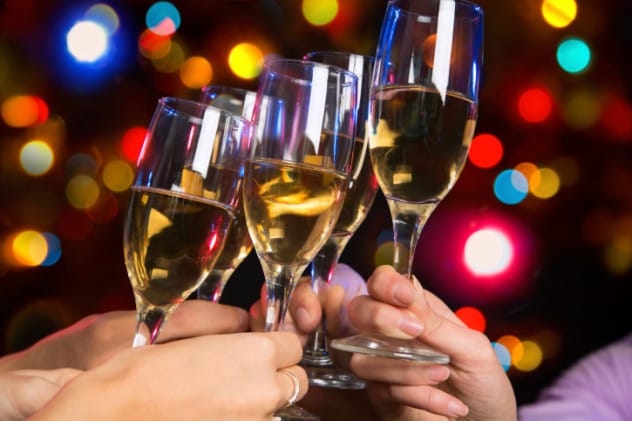
Champagne is only truly champagne if it comes from the Champagne region of France. Given its social prestige, many legends have emerged around it.
The vineyards of the Champagne region had struggled to produce white wine from red grapes until a Benedictine monk named Dom Pierre Perignon perfected a method. However, his wine had bubbles. Legend says the bubbles caused Perignon to exclaim, “Come quickly, I am tasting the stars!”
In reality, Dom Perignon spent most of his time trying to eliminate the bubbles. Another myth claims that the shape of the champagne coupe was modeled after the breasts of Marie Antoinette or Madame de Pompadour.
Perhaps the greatest myth is that champagne was the first sparkling wine. Home brewers know that unwanted bubbles can often occur in bottles. Evidence suggests that the English were intentionally creating sparkling wine 30 years before Dom Perignon’s supposed invention.
“Our wine coopers of recent times use vast quantities of sugar and molasses to all sorts of wines to make them drink brisk and sparkling and to give them spirit.” [8]
Worcestershire Sauce

English food has a questionable reputation abroad, and the origin of Worcestershire Sauce might not help. It’s a pungent sauce made from anchovies, vinegar, onion, sugar, garlic, and spices. According to Lea and Perrins, the original producers, the first batch was as inedible as the ingredient list suggests.
Lord Sandys, a former British governor of Bengal with a passion for Indian flavors, asked chemists Lea and Perrins to replicate a sauce he liked. Their first attempt was so awful that they threw it away. However, they had made two barrels and only discarded one, leaving the other in their cellar for several years.
When clearing space, they found the forgotten sauce and tasted it. It was delicious! Worcestershire Sauce is now a staple in British cupboards. [9]
Cornflakes
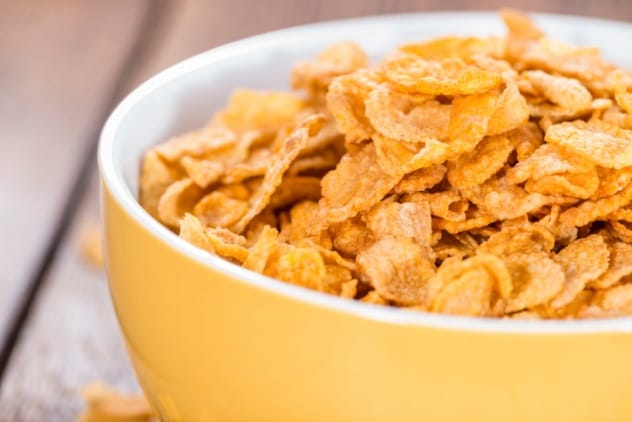
If you believe everything online, you might think Kellogg’s Cornflakes were invented to combat masturbation. However, the truth is more complex and bizarre.
Dr. John Harvey Kellogg, the inventor of cornflakes, was a doctor, nutritionist, and religious man with odd ideas. He believed masturbation caused illnesses from epilepsy to bad posture. His cures included bland food. While cornflakes could have been part of this campaign, they were never marketed as such.
The Kellogg brothers ran a sanatorium at Battle Creek. While seeking an easy-to-digest food for patients, they cooked corn but left it out overnight, causing it to go stale.
Being thrifty and health-conscious, they cooked the corn by pressing it into thick biscuits. This failed, but it created thin flakes that they enjoyed. The flavorless cereal became a hit, though its effect on masturbation remains unverified. [10]
Which of these food origin stories surprised you the most? Leave your comment below!


